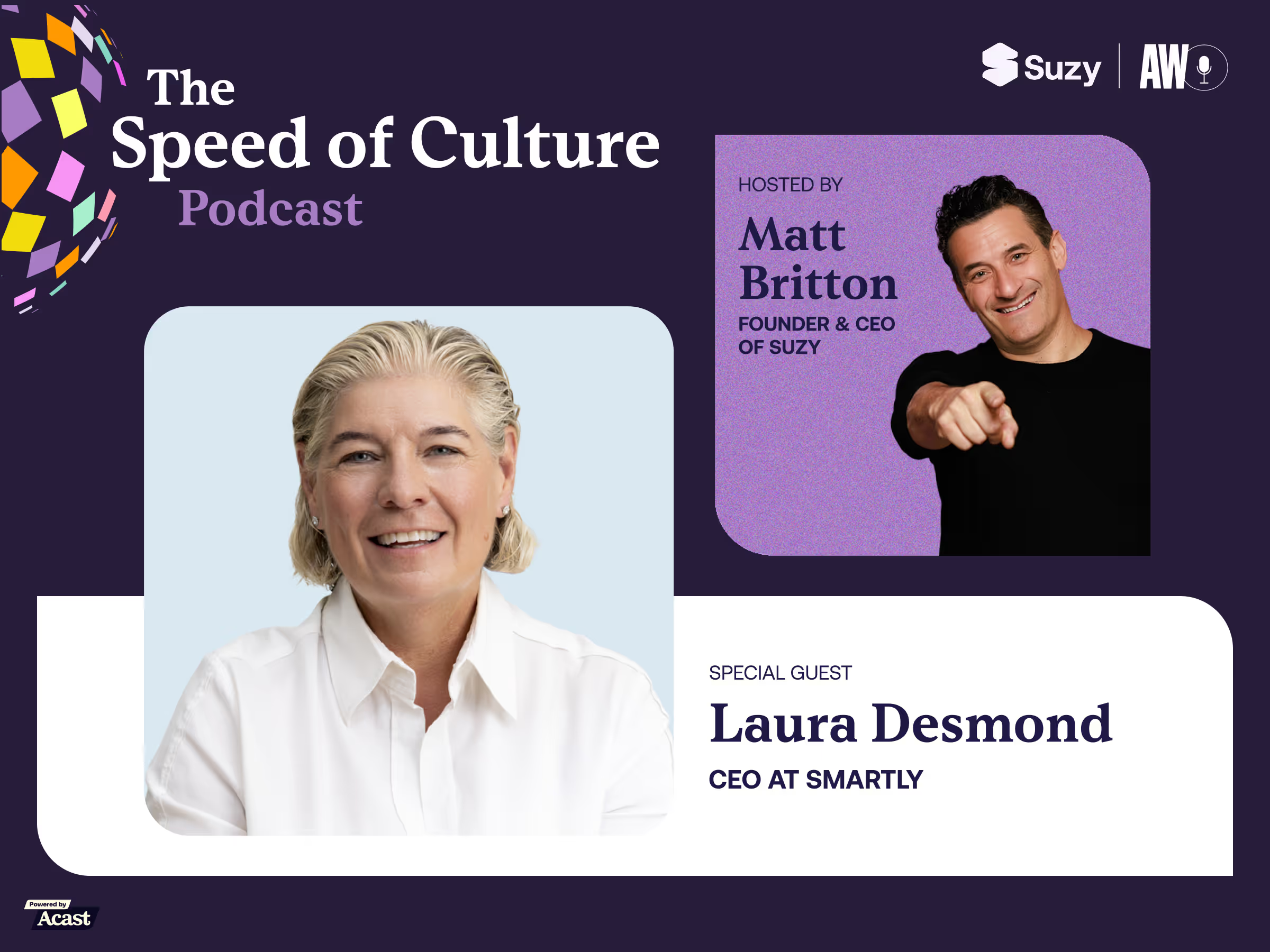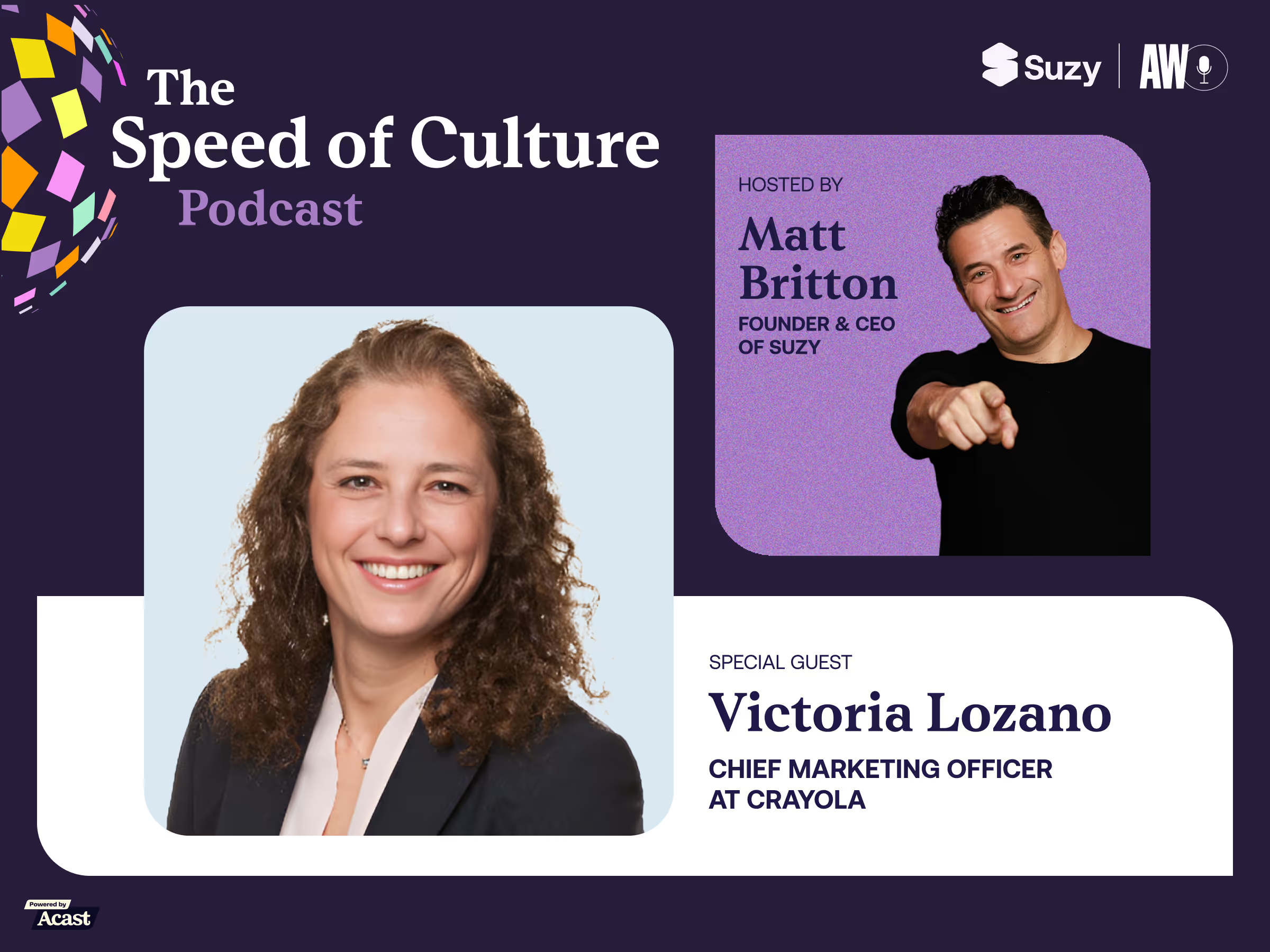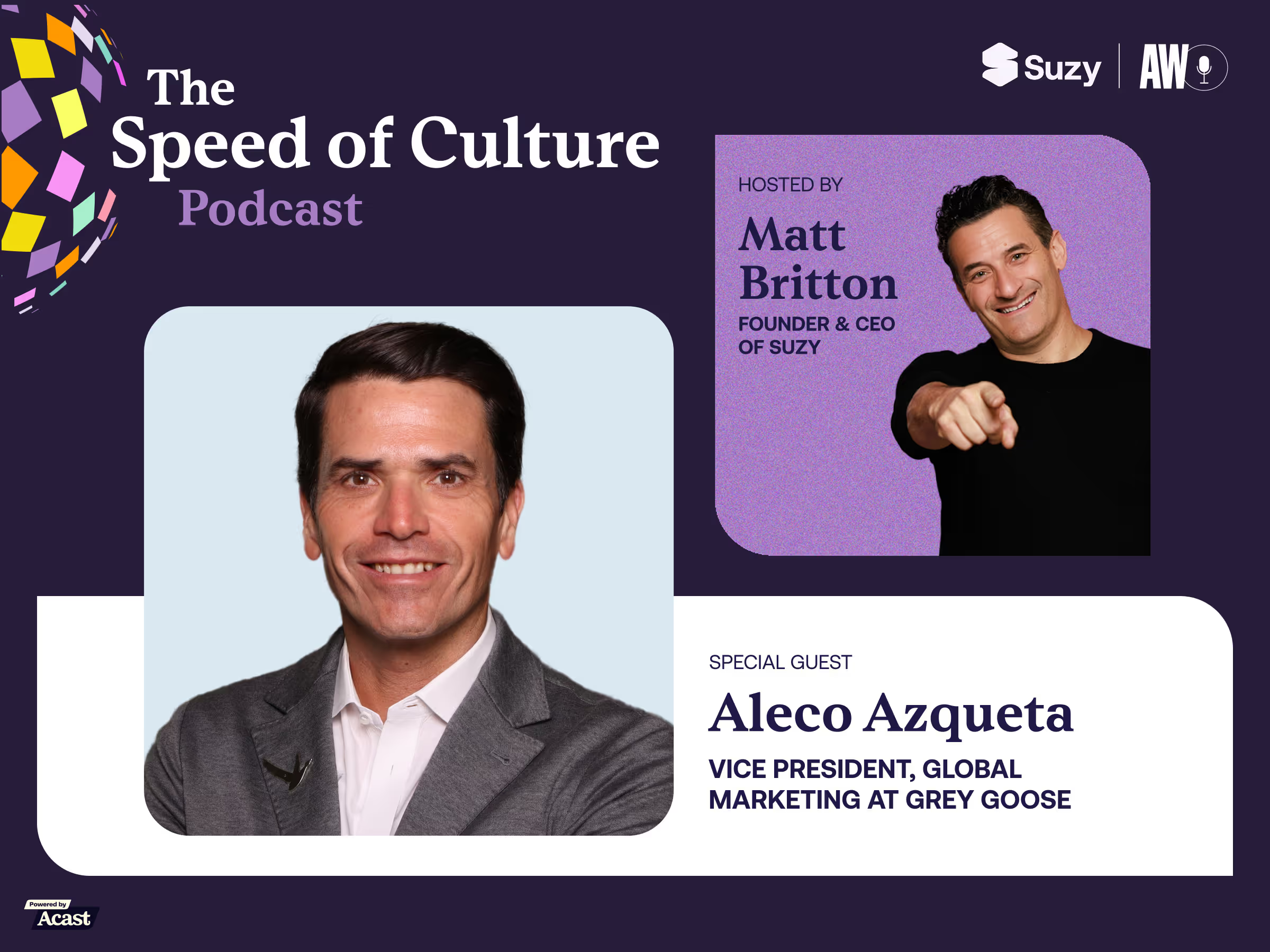“We’re looking at what next-generation loyalty looks like… Ultimately, at its core, it’s driven by data and a better understanding of the individual.” - Richard Nunn
For decades, airline marketing was defined by miles, routes, and price points. But in today’s era of hyper-personalization, digital transformation, and cultural velocity, brands need to move faster and smarter. United Airlines is doing just that. This episode explores how United is redesigning the travel experience from the ground up, building loyalty not just with miles, but with personalized content, cultural relevance, and frictionless tech. From pioneering new ad models to introducing Starlink-enabled "living rooms in the sky," Richard Nunn and Maggie Schmerin are ushering in a bold new chapter for the travel industry.
Richard Nunn is the CEO of United MileagePlus, where he’s leading a major evolution of the loyalty program by connecting data, tech, and brand in smarter ways. With a background that spans tech, finance, and travel—including leadership roles at Visa and Barclays—he brings a modern, systems-thinking approach to a legacy industry.
Maggie Schmerin, United’s Chief Advertising Officer, is redefining what airline marketing can look and feel like. With roots in communications and public affairs, she’s building a brand identity that moves with culture—not just with flight schedules. From campaigns that challenge category conventions to reshaping United’s creative DNA, Maggie is making sure the airline’s message can’t be mistaken for anyone else’s.
Tune into the latest episode or read the transcript below to learn more. Here are some top takeaways:
Loyalty Built on Behavior, Not Just Miles
Richard explains how United is turning its MileagePlus program into a predictive ecosystem powered by a unique ID graph and personalization tools. Instead of reacting to purchases, the program now anticipates them—suggesting beach trips in summer or ski getaways in winter based on past behavior. Think Spotify Wrapped, but for travel. For brands, it’s a clear call to use data not just for segmentation, but to create journeys that feel tailor-made.
Meeting Travelers Where They Scroll, Not Where You Fly
Maggie shares how United resists the obvious move of flooding Instagram with dreamy destination shots. Instead, they lean into aviation-specific content because they know exactly who’s watching—die-hard aviation fans who geek out over aircraft features, not beach views. Destination inspiration still plays a major role, but it's served through targeted tools like “Three Perfect Days” and AI-assisted trip planning. The bigger message? Brand relevance doesn’t come from checking boxes—it comes from understanding context. For marketers, it’s a reminder that the medium must match the moment.
Branding Without Borders (or Blue Fonts)
United used to share the same font as the Department of Homeland Security—and the same shade of blue as, well, everyone else in the industry. Maggie recounts how they redesigned their visual identity from the ground up to break out of the "sea of sameness" that dominates airline marketing. Now, every asset asks: could another airline slap their logo on this? If yes, they go back to the drawing board. It’s branding by subtraction—and it works.
Starlink Isn’t Just Faster Wi-Fi—It’s Experience Infrastructure
When Richard talks about Starlink, he’s not just touting speed. He’s talking about what that connectivity unlocks: gate-to-gate streaming, multiplayer gaming at 30,000 feet, and even resuming your Netflix show exactly where you left off at home. This isn’t just about being tech-forward—it’s about eliminating friction, redefining in-flight experience, and making travel time feel like your time.
Cultural Relevance is the New Ad Placement
In the age of revenge travel and blended work-life itineraries, United knows it’s not just competing with other airlines—it’s competing with every brand for attention. Maggie describes how they’ve shifted away from travel-endemic media to show up where culture lives: in sports, music, and television. Their front-of-jersey partnership with Welcome to Wrexham is a standout example. The goal? Make the brand feel inevitable—even when you’re not thinking about flying.
.webp)







